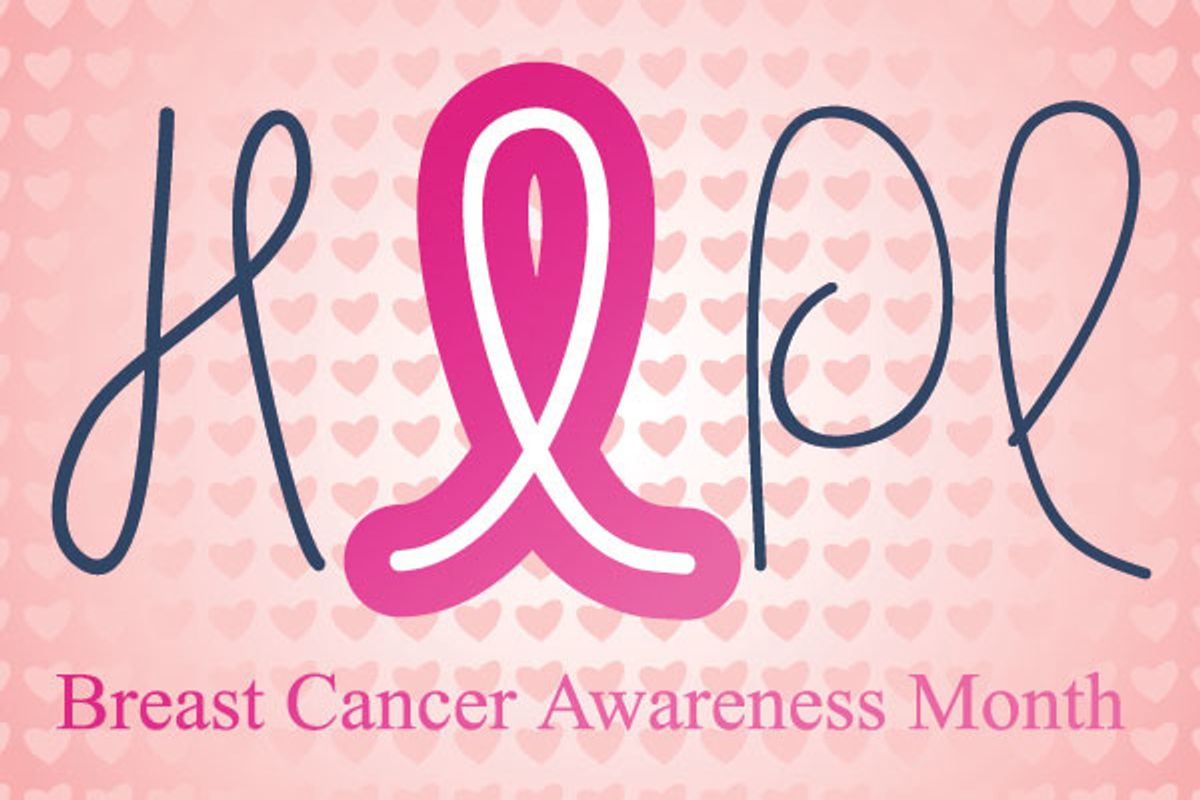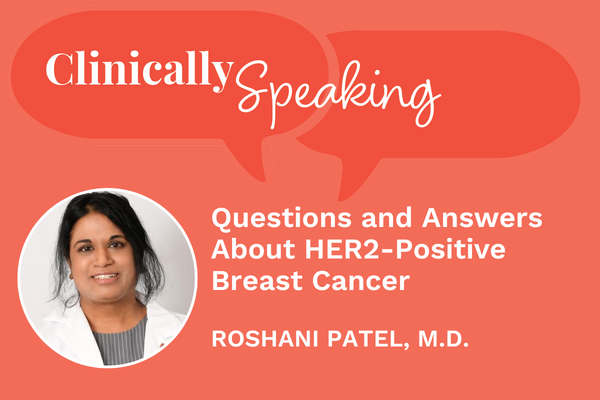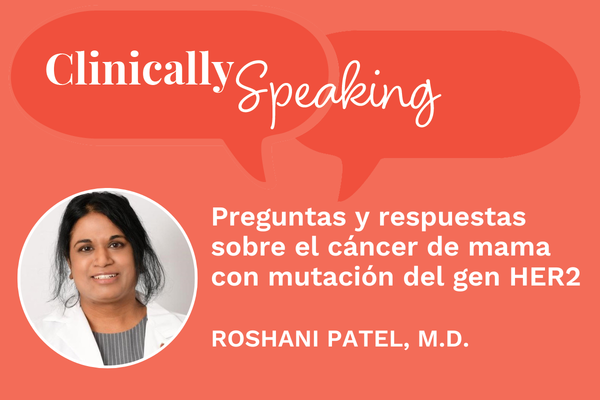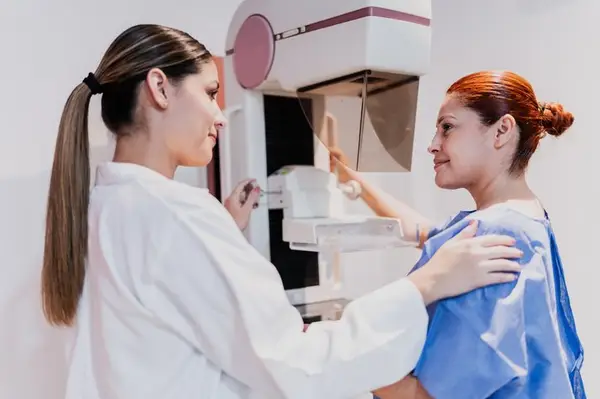There's no hiding from breast cancer and the physical, psychological and emotional role it plays in our everyday lives.
Yet despite our awareness, many of us either forget or neglect to take the proper steps to try to avoid or detect the disease in its early stages, when the chance for cure is greatest.
Recommendations for breast cancer screening have a history of changing, and that can get confusing. Different organizations offer vastly divergent opinions.
For instance, since 1980, the American Cancer Society has recommended women at average risk for cancer with no specific symptoms get baseline mammograms between the ages of 35 and 39, then move to an annual schedule at age 40.
It is widely believed that screening mammograms can detect breast abnormalities. A large Swedish study of women in their 40s who had screening mammograms found a 29 percent reduction in breast cancer deaths.
But, since 2009, the U.S. Preventive Services Task Force (USPSTF) has recommended against routine mammography screening for women before age 50. Screening, they say, should begin at age 50 and be repeated every two years for women 50 to 74. Its views on women 40 to 49? The USPSTF recommends that the screening decision should be an individual one, taking into account the person's personal history and risks, as well as the person's "values regarding specific benefits and harms." In other words, if you think it's important to get a mammogram before age 50, talk with your health care provider about this option.
It's not difficult to understand the discrepancy in the advice when you consider that another study found that while it is true that more women were being diagnosed with early breast cancer due to mammogram screening, the rate of women diagnosed with the advanced form of the disease hasn't seen a similar decrease. And because some early, detectable cancers may never affect a woman's health, some feel that screening too early or too often for breast cancer may result in too many unnecessary biopsies and/or surgeries and additional exposure to radiation.
It's important to note that not all screenings are perfect. In changing its guidelines, the USPSTF expressed concerns about psychological distress to women and inconvenience due to false-positive screening results.
What you choose to do is ultimately up to you and your health care professional.
The Mayo Clinic says that since there is not yet a way to distinguish dangerous cancers from ones that are not life threatening, annual mammograms may be the best option for early detection and reducing the risk of death from breast cancer. It suggests having a discussion about your personal risk of breast cancer. Examine the benefits, risks and limitations of screening mammograms. In addition, learn and understand the proper way to perform a breast self-exam, which can help you identify changes or abnormalities.
Although there is no sure-fire method of preventing the disease that will take the lives of about 40,200 women in the United States in 2015 and affect one in eight women in her lifetime, there are ways to reduce your risk. Of course, there are factors that can't be changed—like race and ethnicity, genetics, age and just being a woman—but there are things we can change by making wise choices:
- Don't smoke. There is a link between smoking and breast cancer risk, especially in premenopausal women.
- Watch your weight. Overweight or obese women have an increased risk of breast cancer; most troublesome is obesity that occurs later in life (especially after menopause).
- Stay active. Being physically active helps you to maintain a healthy weight, which in turn can help prevent breast cancer. Recommendations from the Department of Health and Human Services are for at least 150 minutes per week of moderate aerobic activity or 75 minutes of vigorous aerobic activity. In addition, strength training is recommended twice a week.
- Keep alcohol use modest. Research consistently shows that beer, wine and liquor consumption increases the risk of hormone-receptor-positive breast cancer. The American Cancer Society recommends women limit their intake to one drink a day.
- Limit hormone replacement therapy (HRT). Research strongly points to the fact that estrogen-only HRT seems to increase breast cancer risk less than combination HRT (estrogen and progesterone). When used even for a short time, combination HRT increases risk by about 75 percent. The risk increases most dramatically during the first two to three years of taking combination HRT, according to breastcancer.org, which suggests talking to your health care provider about taking a lower-dose formula for the shortest amount of time possible.
- Discuss birth control options. Women who use oral contraceptives have a slightly increased risk of breast cancer over women who have never used them, according to studies. Once the pills are stopped, that risk returns to normal over time. Talk with your health care provider about birth control options and your personal risks and benefits.
Staying healthy, keeping current on the latest recommendations and maintaining open lines of communication with your health care provider go a long way toward feeling empowered and taking the steps we need to detect the disease in its early stages.
And please, at the same time, help pass the word to your friends and loved ones.






